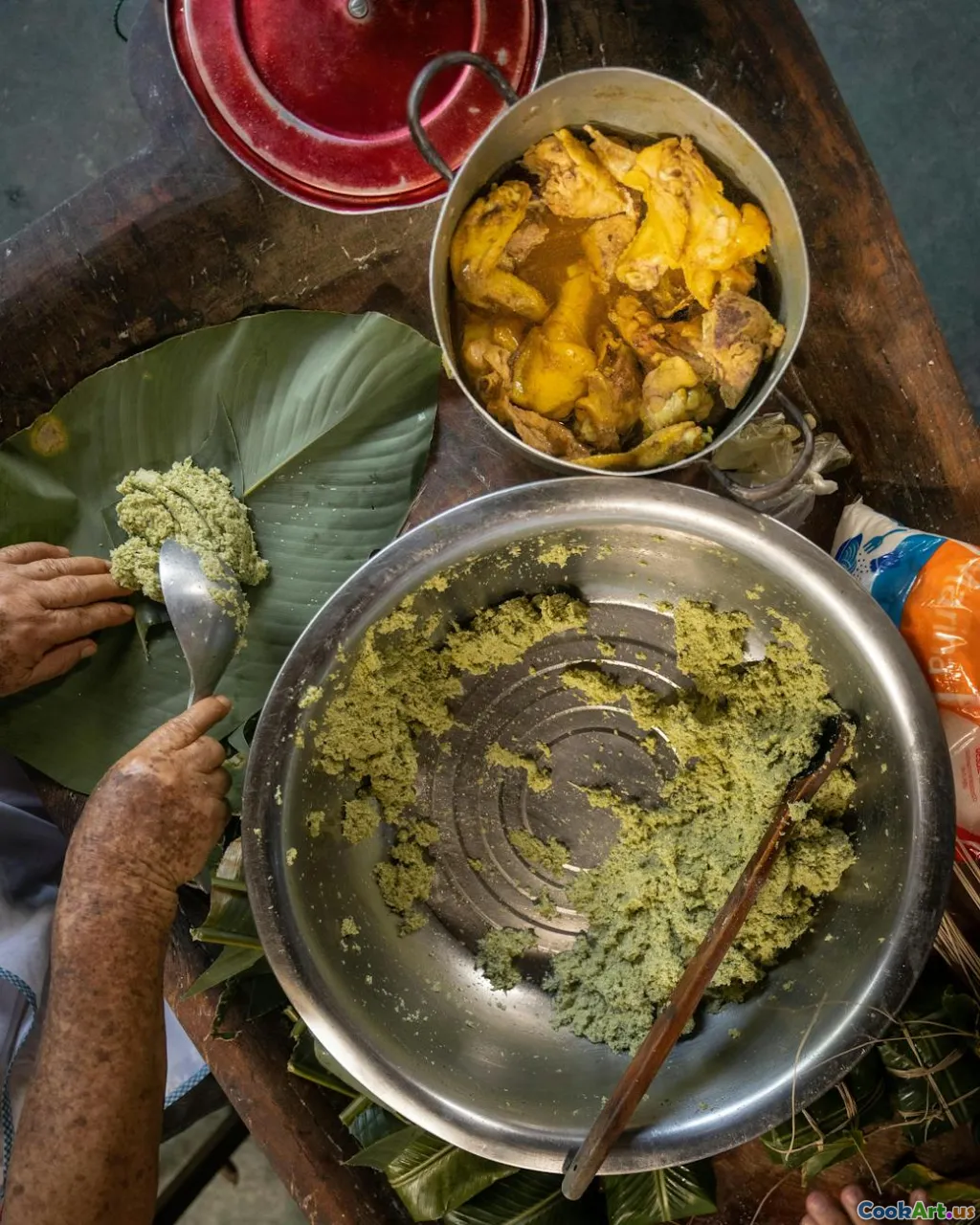Savvy Cooking from Around the World
6 min read Discover the art of savvy cooking with global techniques and unique flavors from around the world. April 11, 2025 19:45
Savvy Cooking from Around the World
Cooking is not just about preparing food; it's a reflection of culture, history, and shared experiences. Each cuisine has unique techniques and flavors that tell a story of where they come from. In this article, we explore savvy cooking methods from various parts of the globe, equipping you with knowledge to elevate your culinary skills.
Understanding Cultural Influences
Every region's cuisine is shaped by its geography, climate, and history. For instance, Mediterranean cooking thrives on the abundance of olive oil, fresh vegetables, and seafood, while Asian cuisines often emphasize balance and harmony, utilizing ingredients like soy sauce, ginger, and rice. Understanding these influences helps you appreciate the nuances of each dish.
Cooking Techniques Around the World
1. Sous Vide - France
Sous vide, which means 'under vacuum' in French, involves sealing food in a bag and cooking it to a precise temperature in a water bath. This technique ensures that meats remain juicy and tender while retaining all their flavors. It's a great way to achieve restaurant-quality dishes at home.
2. Tandoor Cooking - India
Tandoor cooking is an ancient technique that uses a clay oven, or tandoor, to cook meats and breads at high temperatures. This method imparts a distinctive smoky flavor and is used for popular dishes like naan and tandoori chicken. The high heat creates a perfect char, making it a favorite among many.
3. Stir-Frying - China
Stir-frying is a quick cooking technique that involves tossing ingredients in a hot wok with a small amount of oil. This allows for rapid cooking while preserving the texture and nutrients of vegetables. The quick cooking time enhances the flavors, making it a cornerstone of Chinese cuisine.
4. Fermentation - Korea
Fermentation is a method that not only preserves food but also enhances its flavor and nutritional value. Kimchi, a staple in Korean cuisine, is made by fermenting vegetables like napa cabbage with spices. The process creates complex flavors and beneficial probiotics, promoting gut health.
5. Braising - Italy
Braising is a slow-cooking technique that involves cooking food at low temperatures with a bit of liquid. It’s perfect for tougher cuts of meat, allowing them to become tender and infused with flavor. Italian osso buco, which features braised veal shanks, is a classic example.
Ingredients That Define Global Cuisines
1. Chili Peppers - Mexico
Chili peppers add heat and depth to Mexican dishes. They come in various varieties, each bringing its own flavor profile. From the smoky chipotle to the sweet poblano, understanding these peppers can transform your cooking.
2. Curry Spices - India
A blend of spices known as curry powder is essential in creating the complex flavors of Indian cuisine. Key spices like turmeric, cumin, and coriander not only flavor dishes but also offer health benefits, making them staples in the pantry.
3. Fresh Herbs - Mediterranean
Herbs like basil, oregano, and parsley are foundational in Mediterranean cooking. They enhance the freshness of dishes and are often used in salads, sauces, and marinades.
4. Seafood - Japan
In Japan, seafood is revered, and techniques like sashimi highlight the freshness of the fish. Understanding how to handle and prepare seafood is crucial for creating authentic Japanese dishes.
Culinary Practices to Embrace
Understanding the cultural significance of food can enhance your cooking experience. For example, sharing a meal is often a communal activity in many cultures. Embracing this practice can help you connect with others and create memorable dining experiences.
Cooking with Purpose
Cooking can also be an act of sustainability. Many cultures emphasize using local ingredients and minimizing waste. Adopting these practices in your cooking can lead to more mindful meals that respect the environment.
Conclusion
Savvy cooking from around the world is not just about replicating recipes; it's about understanding the stories and techniques behind them. By exploring global cuisines, you can enhance your culinary repertoire, embrace diverse flavors, and create dishes that celebrate the richness of our world. So, gather your ingredients, sharpen your knives, and embark on a tasty journey around the globe!









